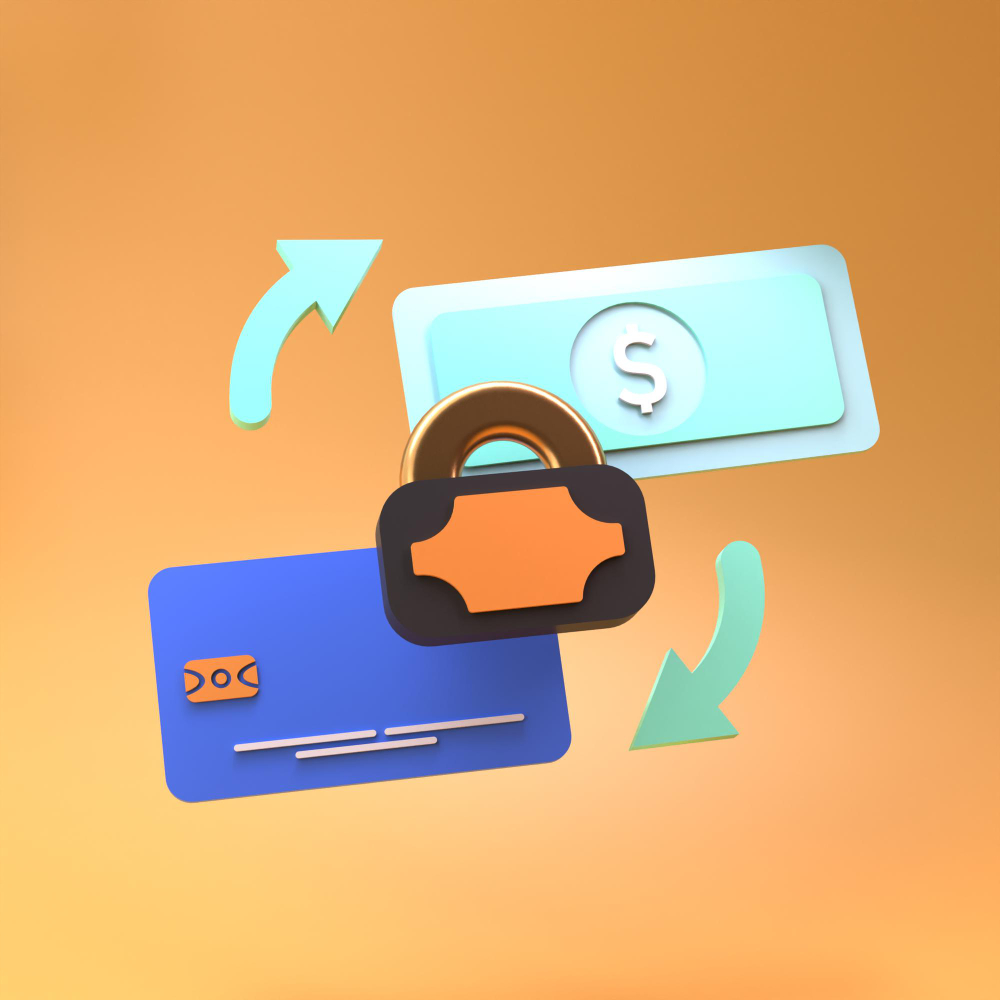Introduction
According to a recent study, close to 60% of SMBs (small and medium-sized businesses) that experience a critical data loss have no option but to shut down operations within the next six months. This is even more problematic when introduced to the high-risk payments sector, where organizations process and store large amounts of valuable data. The leakage of such data may result in detrimental economic consequences and erosion of organizational image. DR (disaster recovery) planning has become a vital necessity rather than a luxury for anyone servicing the payment system to ensure the continuity of operation and compliance with industry standards.
Understanding the Need for Disaster Recovery in Payment Systems
As the payments sphere is highly sensitive to operational disruptions which cause immediate financial losses and weaken client trust, it is crucial to consider DR. Payments nowadays are at risk of being attacked by online hackers, malware, and even payment hardware can be risky since this might lead to payment malfunction, loss of revenue and compromised data integrity. A robust DR plan enables payment providers to conform to disruption incidents while continuing significant operations. All this must be done while keeping in consideration that electrical power disturbances can cripple an organization’s capacity, and sensitive information can be at risk.
Key Elements of a Disaster Recovery Plan
The following are the key elements of a disaster recovery plan:
1. Data Redundancy
Payment systems have to be highly available, and data replication is a major means of getting that availability. Backup systems mean a copy of data which is kept at different places so that in case of failure or damage to the main system, the copied data can be used. For instance, OmniPayments focuses on using HPE NonStop systems to guarantee availability and security for transactions and their data.
2. Backup Solutions
Data copies must be created frequently in order to recover data after the disaster. However, the periodicity and type of backup to be taken (whether incremental or full) wholly depends on the needs of the business. In payment systems, where many transactions are processed, data is very important and this means that one should be able to take backup frequently and in case of intrusions, no major damage is done.
3. Active-Active Architecture
In the payment scenario, active-active deployment allows systems to run in parallel within one or more data centers. OmniPayments’ OmniSwitch for example, can be implemented in the active-active DNS environment, which means that no transaction will be impacted should there be a failure in one site. This approach eliminates delay and increases availability meaning that transactions done with the customer will run seamlessly.
4. Automated Failover and Real-Time Monitoring
Automated failover means that if an individual server is down, then another server can assume its function immediately. This feature is immensely important for systems that must remain operational at all times including Point of Sale (POS) and online payment systems. Real-time monitoring complements failover by giving the required alert and report to aid a fast response to any problem.
5. Testing and Compliance
Regularly testing DR plans is crucial to ensure effectiveness. The PCI-DSS compliance requires that payment systems should have DR procedures written and implemented. Testing of a DR plan should be conducted at least once or twice a year to check compliance with the current operational needs and regulations.
Best Practices for Effective Disaster Recovery in Payment Systems
As much as understanding the importance and elements of DR is necessary, staying aware of the best practices to undertake effective DR remains equally important. The following are the best practices:
1. Prioritize Data Security
Incorporate advanced encryption, access control, and security policies to protect data. OmniPayments includes the OmniCrypto module, which supports encryption and tokenization, adding a layer of security during disaster recovery.
2. Use Scalable Cloud Solutions
Cloud-based solutions like OmniCloudX offer flexible and scalable infrastructure for disaster recovery, allowing businesses to avoid costly on-premises setups while benefiting from cloud redundancy and quick deployment times.
3. Implement Continuous Training and Drills
Regular training ensures all employees understand their roles in a DR scenario. Simulated DR exercises allow teams to practice response strategies, enabling quick action if an actual disaster occurs.
Conclusion
In the evolving payments landscape, DR stays paramount to ensure customer satisfaction and minimal to no loss of money or reputation for businesses. In such scenarios, companies like OmniPayments highlight the importance of advanced disaster recovery solutions. Through innovations like OmniSwitch’s high-availability architecture and OmniCloudX’s scalable disaster recovery capabilities, OmniPayments ensures that businesses can continue operating seamlessly, even in times of crisis. By choosing OmniPayments, payment providers gain a partner who not only prioritizes transaction integrity but also stands ready to support resilient and compliant disaster recovery strategies. Book a call with us to learn more about our offerings and how we can help ease your business operations.






